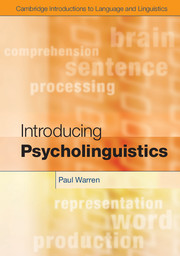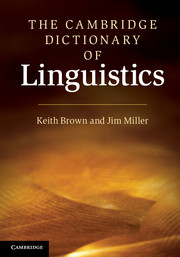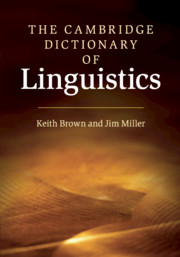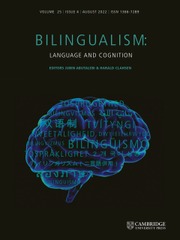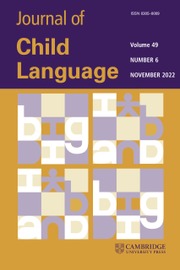Introducing Psycholinguistics
How humans produce and understand language is clearly introduced in this textbook for students with only a basic knowledge of linguistics. With a logical, flexible structure Introducing Psycholinguistics steps through the central topics of production and comprehension of language and the interaction between them. Students will gain an understanding of the processes and representations involved in language use, aided by a comprehensive glossary, concepts defined in the margins and online flashcards that allow students to check their understanding of all the key terms and concepts of the subject. Examples and exercises throughout each topic reinforce understanding and encourage students to consider what language users might carry around in their heads as part of their linguistic knowledge, and how this stored knowledge relates to the structures and rules proposed by theoretical linguistics. Students will gain hands-on experience of experimental methods, with online demonstrations of techniques. This supports the theory within the book, reinforces a student's grasp of the concepts and allows the student to apply their understanding to the analysis of data.
- Online material includes answers to the exercises in the book, additional exercise materials and demonstration versions of experimental techniques
- Sidebar boxes in the text explain key concepts as they are introduced
- Includes a comprehensive glossary, with terms highlighted in the text on first introduction. An online version includes a flashcard facility for students to check their learning of key terms
Reviews & endorsements
"I really enjoyed reading the book and I will definitely use it the next time I teach an introductory course in psycholinguistics."
Åsa Abelin, Moderna språk
Product details
November 2012Adobe eBook Reader
9781139785464
0 pages
0kg
8 b/w illus. 31 colour illus. 9 tables
This ISBN is for an eBook version which is distributed on our behalf by a third party.
Table of Contents
- 1. Introduction
- 2. Planning utterances
- 3. Finding words
- 4. Building words
- 5. Monitoring and repair
- 6. The use of gesture
- 7. Perception for language
- 8. Spoken word recognition
- 9. Visual word recognition
- 10. Syntactic sentence processing
- 11. Interpreting sentences
- 12. Making connections
- 13. Architecture of the language processing system.

